Cheap CEFs: 7 Closed-End Funds With Unusually Low Fees
Investors looking for a high income stream often balk at closed-end funds (CEFs) because of their higher fees.


Investors looking for a high income stream often balk at closed-end funds (CEFs) because of their higher fees.
CEFs’ average annual fees sit at 1.09% (or $109 for every $10,000 invested), according to CEF Insider data, though it’s not unusual to see fees in the 3%-4% range. While it’s not a perfect comparison, Morningstar data shows that the asset-weighted average fee for mutual funds and exchange-traded funds (ETFs) in 2018 was just 0.48%. And many ETFs are far cheaper than that – SoFi even launched a pair of “zero-fee” funds in April.
Fees matter because they directly impact returns. “The higher the fee, the higher the hurdle for the ETF or mutual fund to keep up with their respective benchmark,” says Brian Parker, co-founder and managing director of EP Wealth Advisors in Torrance, California. Fail to keep up with that benchmark, and investors lose. High-cost funds can cost investors literally tens of thousands of dollars not just in the returns themselves, but opportunity cost (you have less money to reinvest and grow over time).
However, it occasionally pays to pay more. CEFs, for instance, deliver sky-high yields several times more than the average ETF yield – a boon for income investors who simply want to sit and collect checks over a long period of time rather than sell off assets to register returns. At the same time, you don’t need to tolerate absurdly high fees, especially from funds that don’t perform.
With that in mind, here are seven cheap CEFs to buy. Each closed-end fund boasts annual expenses below the CEF average.
Data is as of June 24. Market value, yields and expenses provided by Morningstar. Yields are distribution yields, which can be a combination of capital gains, investment income and return of capital.
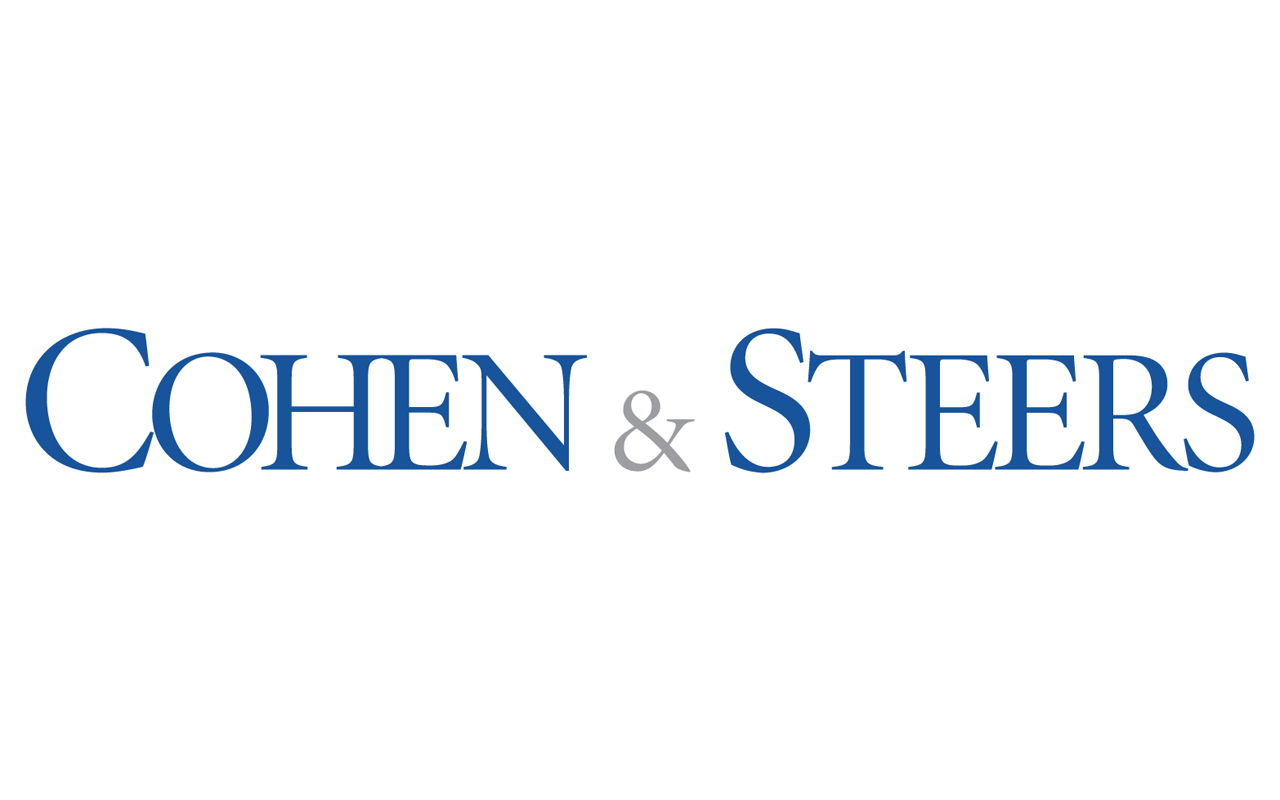
Cohen & Steers Total Return Realty Fund
- Market value: $369.9 million
- Distribution rate: 6.8%
- Expenses: 0.89%
- 10-year average annual total return: 16.8%
It’s not too surprising that the Cohen & Steers Total Return Realty (RFI, $14.15) has beaten Standard & Poor’s 500-stock index’s total return (which includes price returns and dividends) across most meaningful time periods within the past decade. Real estate investment trusts (REITs) – income-friendly companies that own properties – have been a massive winner following the Great Recession. (And, for that matter, for many of the years before the market tanked.)
But REITs are a complicated animal, which is why the actively managed Cohen & Steers’ RFI has outperformed even cheaper REIT index funds such as the SPDR Dow Jones REIT ETF (RWR) over most time periods.
Cohen & Steers doesn’t have the name recognition of fund providers such as Vanguard and Fidelity, but they’re titans in real estate investing, boasting several highly regarded REIT funds. That includes RFI, which delivers a hefty 6.8% yield, paid out monthly.
Learn more about RFI at Cohen & Steers’ provider site.
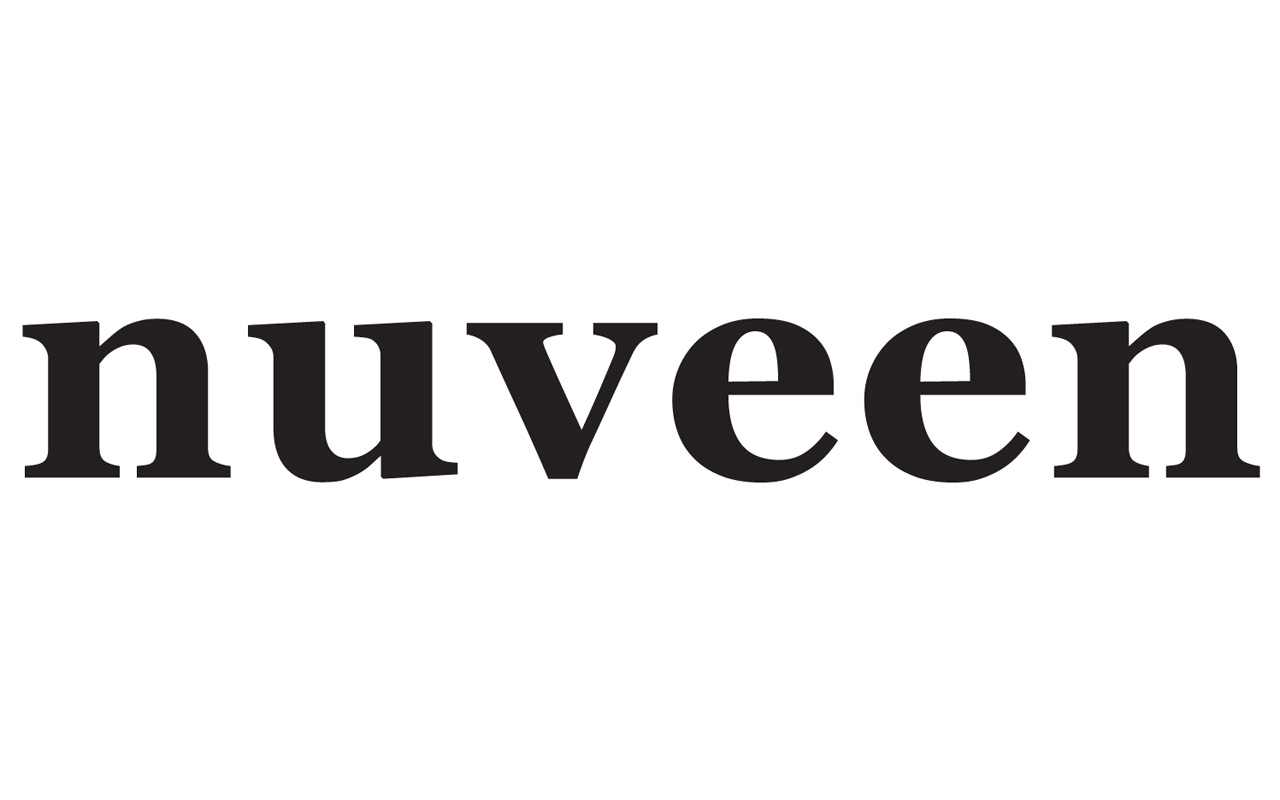
Nuveen S&P 500 Dynamic Overwrite Fund
- Market value: $261.2 million
- Distribution rate: 6.7%
- Expenses: 0.91%
- 10-year average annual total return: 11.7%
The Nuveen S&P 500 Dynamic Overwrite Fund (SPXX, $15.74) is about as close as a CEF comes to being an index fund because it has strict rules on what it buys and sells. The fund’s objective is to “substantially replicate the price movements of the S&P 500 Index, as well as selling call options on 35%-75% of the notional value of the Fund’s equity portfolio (with a 55% long-term target).” So it keeps costs low by being relatively easily managed, requiring less active involvement compared to other strategies.
While SPXX has underperformed the index by about 3 percentage points annually over the past decade, that’s also no surprise to investors who know what the fund is supposed to do. This “covered call” strategy is meant to generate income and typically does best when the underlying asset moves sideways. But when it’s constantly going up – like, say, this 10-year bull market – the asset itself will typically outperform.
SPXX is for investors who want broad-market exposure but a much bigger income stream, especially if investors think we’re in for a period of middling performance.
Learn more about SPXX at Nuveen’s provider site.
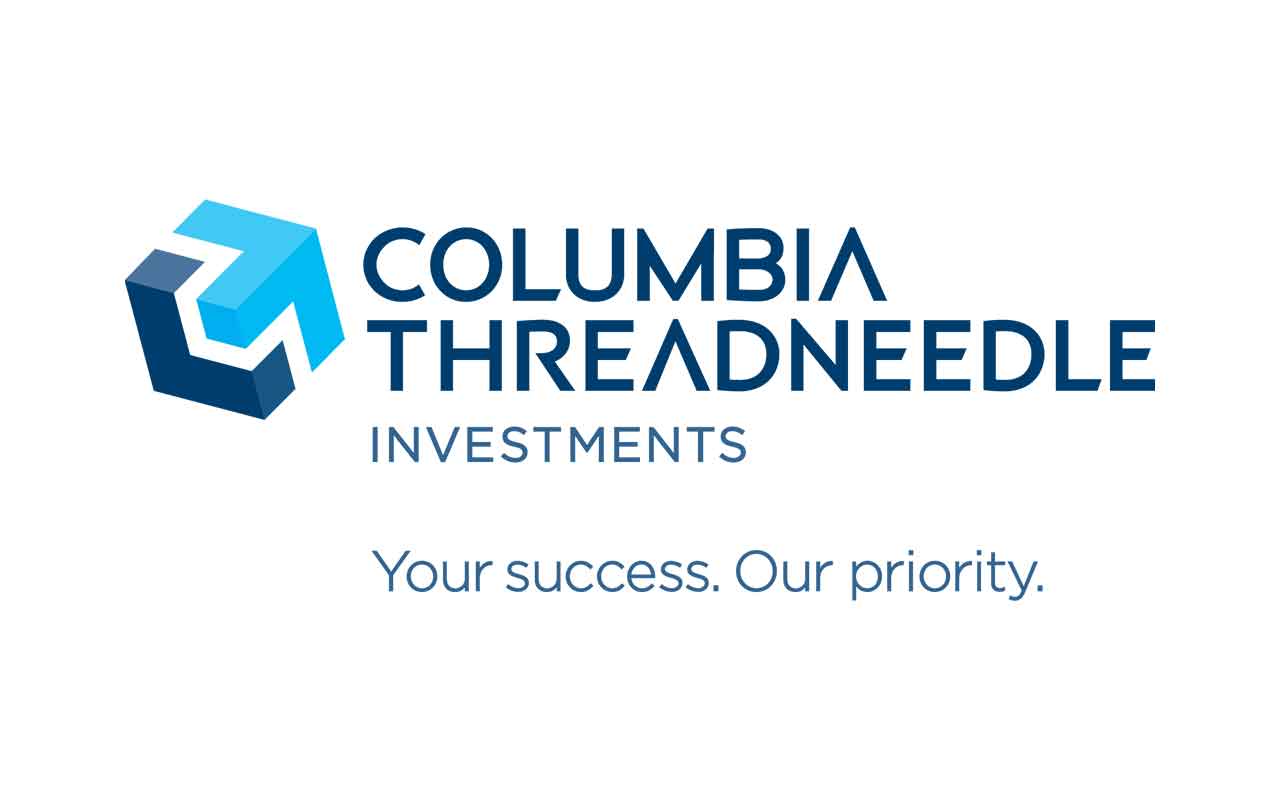
Tri-Continental Corporation
- Market value: $1.5 billion
- Distribution rate: 3.7%
- Expenses: 0.49%
- 10-year average annual total return: 16.1%
If you’re looking for cheap CEFs that can keep up with the index, consider Tri-Continental Corporation (TY, $26.96). TY is a historically strong closed-end fund that primarily focuses on equities but can put up to 30% of its assets in bonds when it deems fit. As a result, the CEF has been able to play the bond market’s radical swings during the past decade’s confusion over Federal Reserve’s interest-rate policies.
Has this asset allocation strategy worked? Well, TY’s total return has beaten its category average over the trailing one-, three-, five- and 10-year periods, and it has even topped the S&P 500 in the three- and 10-year timetables. Management has proven itself savvy enough to give investors just enough bond exposure at the right times to boost returns.
The 3.7% yield is on the low end for a CEF, but it’s almost double what you’d get from the S&P 500. Better still, TY trades at about a 10% discount to the value of all its net assets, which essentially means you’re buying holdings such as Google parent Alphabet (GOOGL), Cisco (CSCO) and Verizon (VZ) for 90 cents on the dollar. That discount, by the way, has been slowly disappearing over the past two years as the fund becomes better known.
Learn more about TY at Columbia Threadneedle’s provider site.
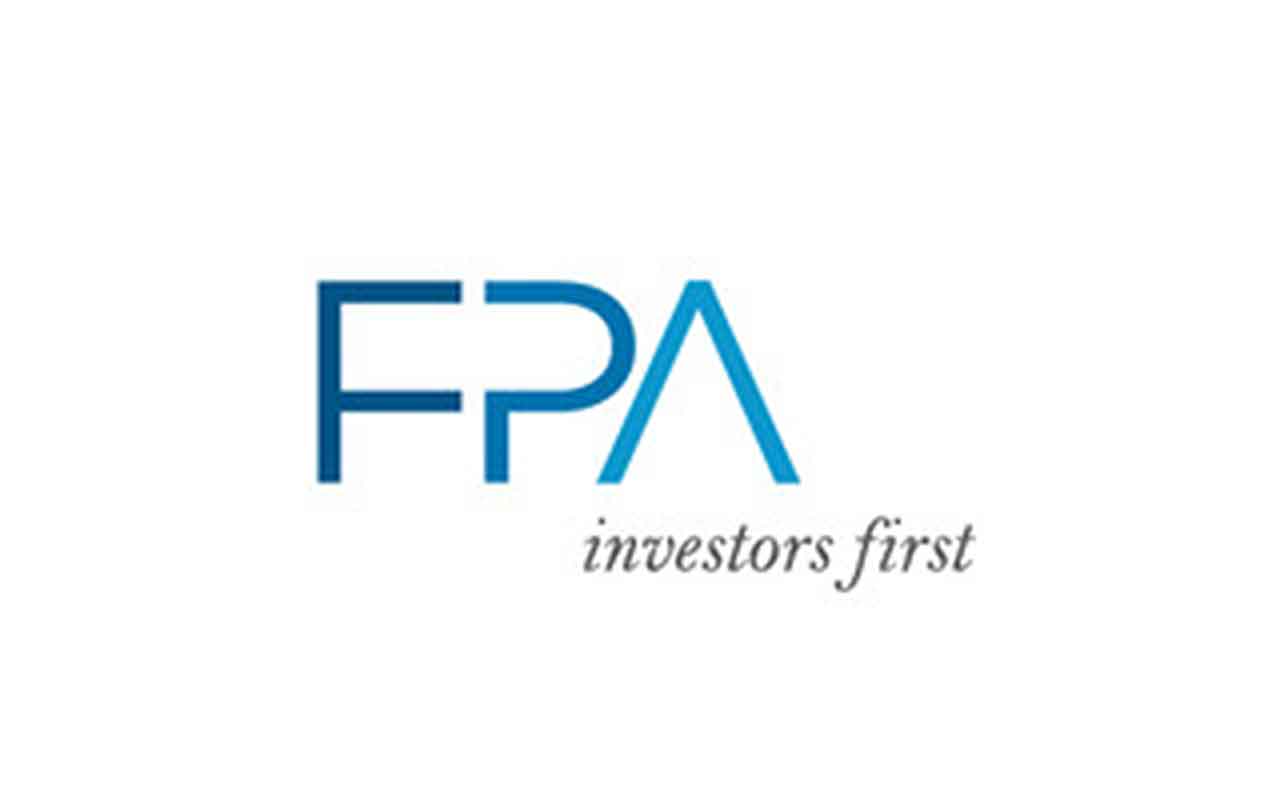
Source Capital
- Market value: $313.3 million
- Distribution rate: 2.8%
- Expenses: 0.91%
- 10-year average annual total return: 14.3%
- Source Capital (SOR, $36.39) has put up nice returns over time thanks to its opportunistic and mostly agnostic investment strategies. This fund is willing to invest “across capital structure, geographies, sectors, and market caps” – and when equities don’t particularly appealing, it will ratchet up fixed-income exposure.
At its most recent look, Source Capital had a third of its assets invested in American investment-grade fixed income, 42% in U.S. equities, 18% in international equities and the rest in junk debt and cash. Those equities include high-quality U.S. stocks such as Bank of America (BAC) and United Technologies (UTX), as well as international giants such as China’s Baidu (BIDU).
Some investors might overlook SOR because of its low regular yield of less than 3%, but that doesn’t include special payouts, which can be massive. Source Capital paid a $3.20-per-share special distribution at the end of 2018 that translated into an additional 10% of annual yield. Patient investors who understand that SOR eventually will share the wealth also will get this CEF at a nearly 14% discount to NAV.
Learn more about SOR at First Pacific Advisors’ provider site.
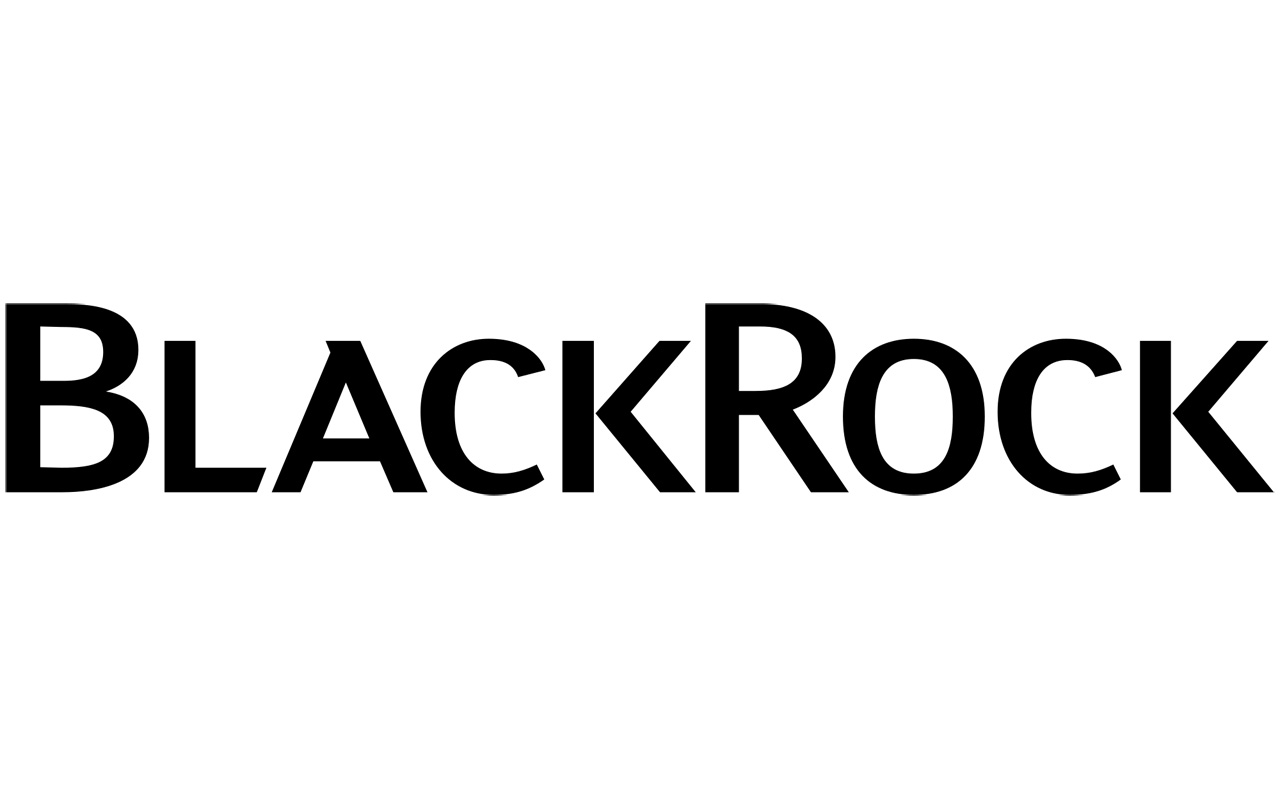
BlackRock Enhanced Capital & Income Fund
- Market value: $691.4 million
- Distribution rate: 6.3%
- Expenses: 0.90%
- 10-year average annual total return: 12.1%
- BlackRock Enhanced Capital & Income Fund (CII, $15.67) has had a slightly lower return than the S&P 500 over most time periods, but that’s fine for two reasons. For one, this fund tends to provide some international exposure, too. And its massive 6.3% distribution rate smooths out returns, as well as gives investors a reason not to panic-sell during startling down moves such as the one we experienced in late 2018.
CII is currently about 90% U.S. equities with the rest sprinkled among stocks in countries such as the U.K. and Switzerland. Top holdings include Microsoft, Apple (AAPL) and JPMorgan Chase (JPM), and is in fact well-diversified among sectors, with five sectors weighted between roughly 12% and 19% of assets.
The way CII earns its income is clever. By writing call options on half of its portfolio, its means of delivering income is similar to SPXX, but CII has a more actively managed approach. By focusing on writing call options on single stocks that appear overvalued at the time, CII’s management tries to minimize the downside of being assigned a call option when a stock still has room to grow while also locking in gains when a rally has run its course.
Learn more about CII at BlackRock’s provider site.

Adams Diversified Equity Fund
- Market value: $1.6 billion
- Distribution rate: 1.0%
- Expenses: 0.56%
- 10-year average annual total return: 14.7%
If any fund deserves to be called the granddaddy of all CEFs, it’s Adams Diversified Equity Fund (ADX, $15.50). It has roots going back to 1854, has operated as a closed-end fund since 1929 and has paid dividends without interruption since 1935. This is the oldest still extant closed-end fund, and its managers maintain the value investing approach that has given this fund its long tenure.
Plus, it’s a sneakily strong income play.
Similar to SOR, ADX has a small annual regular distribution (about 1% annualized) but it pays a special distribution at the end of the year. The fund’s mandate is to pay at least a 6% yield. However, in 2018, ADX paid out $1.85 per share in a special distribution that, along with regular distributions totaling 15 cents per share, brought its annual distribution rate up to 12.9%.
Better still, Adams Diversified Equity – which broadly invests in high-quality, large-cap companies – is trading at a 13% discount to its net asset value. That’s a bargain, especially for a fund that has beaten the S&P 500’s total return over the trailing one-, three-, five- and 15-year periods.
It also belongs on any list of cheap CEFs, charging just 0.56% for its stellar performance.
Learn more about ADX at Adams’ provider site.
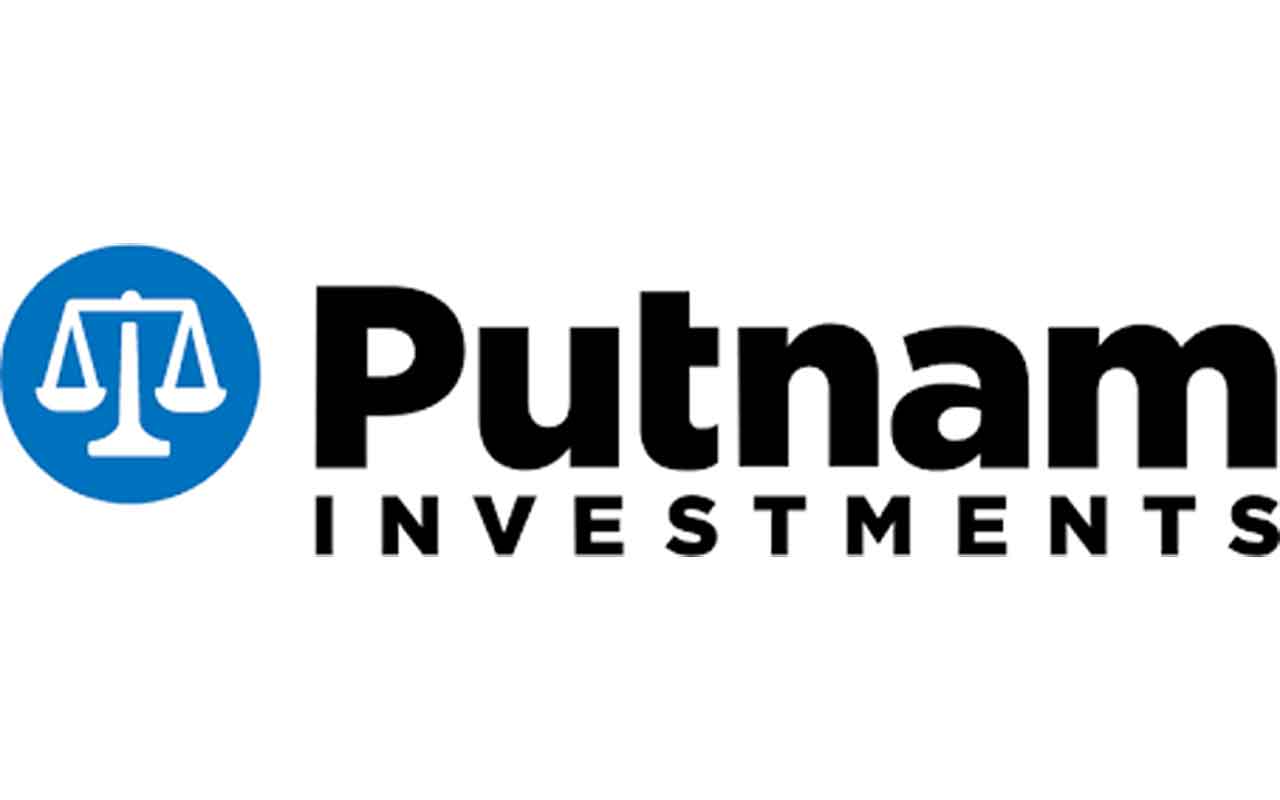
Putnam Managed Municipal Income Trust
- Market value: $389.1 million
- Distribution rate: 5.0%
- Expense Ratio: 1.03%
- 10-year average annual total return: 9.2%
Putnam’s municipal bond fund is a secret tiger. Putnam Managed Municipal Income Trust (PMM, $7.72), which is meant to provide safe, tax-advantaged income, has delivered a monstrous 9.2% annualized over the past 10 years, making it one of the best-performing muni-bond closed-end funds on the market.
Incredibly, its performance hasn’t driven the fund to a premium valuation compared to its assets, like what has happened with other CEFs. For instance, Pimco Municipal Income (PMF) – which does boast better long-term performance, but only by about 1 percentage point annually over the past 10 years – trades at a 13% premium to its NAV.
PMF might be overbought now, but PMM is not given that shares are trading at 4% less than what they’re worth.
Putnam Managed Municipal Income Trust holds more than 400 municipal bonds of varying maturities, though the one- to five-year (34%) and five- to 10-year (48%) chunks account for the majority of assets. Credit quality is decent, at 65% investment-grade, though it’s certainly taking more chances than index funds such as iShares National Muni Bond ETF (MUB), which holds investment-grade munis almost exclusively.
That said, PMM is no income slouch, at a 5% distribution yield. And its discount is about half of what it was in December, so the market is moving fast on this highflyer.
Learn more about PMM at Putnam’s provider site.
Profit and prosper with the best of Kiplinger's advice on investing, taxes, retirement, personal finance and much more. Delivered daily. Enter your email in the box and click Sign Me Up.

-
 'Humbug!' Say Consumers, Despite Hot GDP: Stock Market Today
'Humbug!' Say Consumers, Despite Hot GDP: Stock Market Today"The stock market is not the economy," they say, but both things are up. Yet one survey says people are still feeling down in the middle of this complex season.
-
 The SEC Is Concerned for Older Investors and Retirement Savers. Here's What You Should Know
The SEC Is Concerned for Older Investors and Retirement Savers. Here's What You Should KnowThe SEC focusing on older investors, retirement and college savers, and private securities. Here's how those changes impact you.
-
 Vesting, Catch-Ups and Roths: The 401(k) Knowledge Quiz
Vesting, Catch-Ups and Roths: The 401(k) Knowledge QuizQuiz Test your understanding of key 401(k) concepts with our quick quiz.
-
 'Humbug!' Say Consumers, Despite Hot GDP: Stock Market Today
'Humbug!' Say Consumers, Despite Hot GDP: Stock Market Today"The stock market is not the economy," they say, but both things are up. Yet one survey says people are still feeling down in the middle of this complex season.
-
 Stocks Rise to the Spirit of the Season: Stock Market Today
Stocks Rise to the Spirit of the Season: Stock Market TodayInvestors, traders and speculators are beginning to like the looks of a potential year-end rally.
-
 Nasdaq Leads as Tech Stages Late-Week Comeback: Stock Market Today
Nasdaq Leads as Tech Stages Late-Week Comeback: Stock Market TodayOracle stock boosted the tech sector on Friday after the company became co-owner of TikTok's U.S. operations.
-
 Cooler Inflation Supports a Relief Rally: Stock Market Today
Cooler Inflation Supports a Relief Rally: Stock Market TodayInvestors, traders and speculators welcome much-better-than-hoped-for core CPI data on top of optimism-renewing AI earnings.
-
 Nasdaq Sinks 418 Points as Tech Chills: Stock Market Today
Nasdaq Sinks 418 Points as Tech Chills: Stock Market TodayInvestors, traders and speculators are growing cooler to the AI revolution as winter approaches.
-
 Stocks Chop as the Unemployment Rate Jumps: Stock Market Today
Stocks Chop as the Unemployment Rate Jumps: Stock Market TodayNovember job growth was stronger than expected, but sharp losses in October and a rising unemployment rate are worrying market participants.
-
 Stocks Struggle Ahead of November Jobs Report: Stock Market Today
Stocks Struggle Ahead of November Jobs Report: Stock Market TodayOracle and Broadcom continued to fall, while market participants looked ahead to Tuesday's jobs report.
-
 AI Stocks Lead Nasdaq's 398-Point Nosedive: Stock Market Today
AI Stocks Lead Nasdaq's 398-Point Nosedive: Stock Market TodayThe major stock market indexes do not yet reflect the bullish tendencies of sector rotation and broadening participation.
